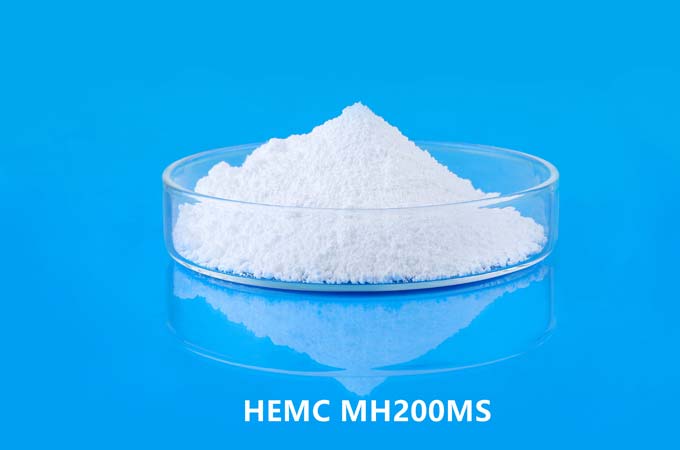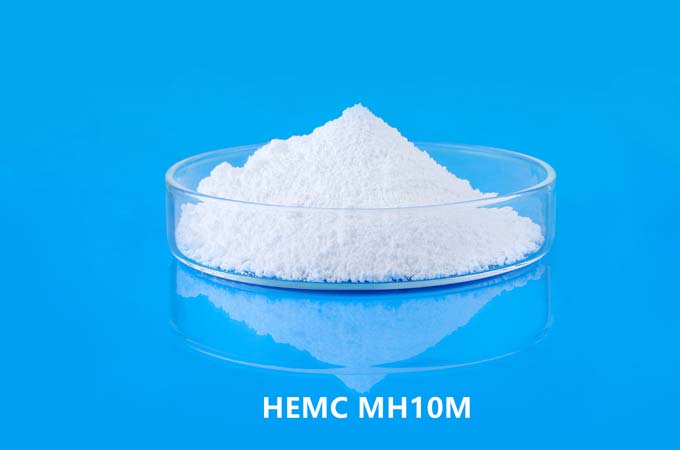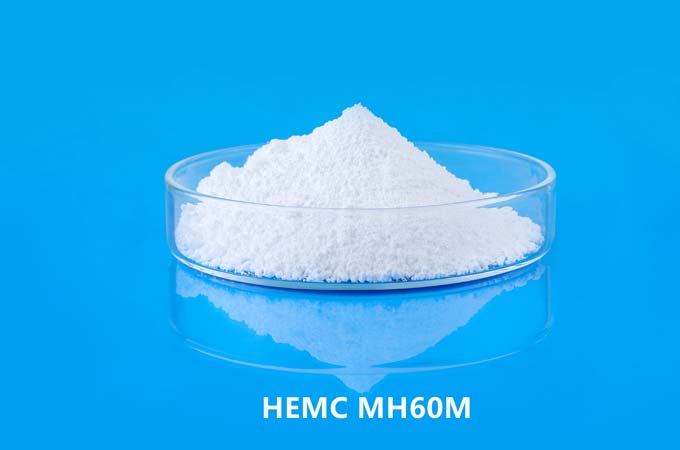Why Ice Cream Chooses Sodium Carboxymethyl Cellulose with Low Degree of Substitution
Sodium carboxymethyl cellulose is used as a thickener in ice cream, mainly to provide viscosity for the mixed liquid, thereby preventing the oil and fat in the material and liquid from floating. In actual production, it is mainly sodium carboxymethyl cellulose that has a greater impact on process homogenization. After the material is mixed with the liquid, due to the existence of fat, protein, milk minerals, etc., if it is not homogenized immediately, stratification will occur. According to Stokes' law, in order to prevent the stratification of the mixed solution, the viscosity of the feed liquid should be increased, which can be achieved by adding a certain viscosity of sodium carboxymethyl cellulose. Since the mixed solution system of ice cream is relatively complex and contains multiple components, it is difficult to stabilize the system through a thickener.
In addition, adding thickeners such as sodium carboxymethyl cellulose to the mixed liquid can effectively adsorb particles such as protein and fat on the surface, thereby improving the uniformity of the entire mixed liquid system and helping to improve the homogenization efficiency. For example, guar gum has good water solubility, strong water absorption, high viscosity, short aging time, and has a good synergistic effect with other colloids; carrageenan has stronger gelatinity and higher viscosity, and can stabilize casein glue Bundle, improve the stability of ice cream batter, has good mouth melting and whipping properties; sodium carboxymethyl cellulose can make the product texture smooth, good tongue feeling, good chewing property, and smooth texture of the product; monoglyceride makes the surface of the mixture As the tension increases, the bubble diameter decreases by nearly half. Therefore, the appropriate combination of the above emulsion stabilizers can not only give full play to their respective advantages and produce synergistic effects, but also improve the taste, texture, structure and flavor of the product.
Effect of Sodium Carboxymethyl Cellulose on Ice Cream Production
1. The Effect of Sodium Carboxymethyl Cellulose on the Quality of Ice Cream
Freeze mixing is the final critical step in ice cream formation. During this process, the ice cream turns from a rich, mixed solution to a fine-tasting, expanded solid. The impact of sodium carboxymethyl cellulose on the quality of ice cream is mainly manifested in the impact on the freezing and mixing of the mixed liquid.
2. Effect of Sodium Carboxymethyl Cellulose on the Structure of Ice Cream
Whether the structure of ice cream is fine or not is related to the size and shape of the ice crystals. Since the mixed solution that forms ice cream contains about 65 percent water, crystallization occurs when the temperature reaches the freezing point of water. The size and shape of the ice crystals are related to the type, amount and freezing-thawing speed of sodium carboxymethyl cellulose. Generally speaking, the smaller and more regular the shape of the crystals, the smoother and more delicate the ice cream will be. Generally speaking, the higher the degree of substitution (DS ≥ 0.92), the stronger the water retention of sodium carboxymethyl cellulose. If sodium carboxymethyl cellulose with a higher degree of substitution is used in ice cream, because it can easily absorb more free water in the mixture, it will affect the uniform distribution of water in the mixed solution, making the crystals in the formed ice cream different in size , will also affect the taste of ice cream. So we think that sodium carboxymethylcellulose with a low degree of substitution (DS=0.70-0.85) should be used in ice cream.
3. Effect of Sodium Carboxymethyl Cellulose on Overrun of Ice Cream
The expansion of ice cream is mainly due to the continuous mixing of ambient air into the mixture during the freezing and stirring process, which increases its volume to a certain extent. The expansion rate is related to the temperature, viscosity, freezing and stirring speed of the mixture. Adding sodium carboxymethyl cellulose can increase the viscosity of the mixed liquid and help to increase the expansion rate, but if the viscosity of the mixed liquid is too high, too much air will be mixed during freezing and mixing, and the resulting ice cream will be too loose. Therefore, the viscosity of sodium carboxymethyl cellulose used in ice cream should not be too high.
4. The Effect of Sodium Carboxymethyl Cellulose on the Melting Speed of Ice Cream
The melting speed of ice cream is related to the number of air bubbles in the product, the type and amount of thickener added. When high-viscosity sodium carboxymethylcellulose is used, it can make ice cream generate more air bubbles during freeze mixing. The more bubbles in the product, the more uniform it is, which can effectively prevent heat transfer, thereby reducing the melting speed. Therefore, FVH6 sodium carboxymethylcellulose is generally used more in ice cream.
5. Advantages of Sodium Carboxymethyl Cellulose in Ice Cream Processing
The viscosity of sodium carboxymethylcellulose is reversible at different temperatures. When the ice cream is saccharified, the sodium carboxymethyl cellulose is just in a high temperature state, and the viscosity of the sodium carboxymethyl cellulose at this time is small; on the contrary, in the cooling and ripening stage, the viscosity will increase with the decrease of the temperature, which is beneficial to the improvement. The expansion rate of the ice cream and the prevention of the generation of ice particles in the ice cream are of great help, that is, it can withstand sudden changes in temperature. But when people eat, the viscosity decreases as the temperature rises. In this way, it can play the role of anti-melting, bulking (increased by 1/3 of the original volume), whitening of color, and smooth and delicate taste. In addition, the addition of sodium carboxymethyl cellulose is small (only about 5/1000), easy to use, easy to control the quality, short aging time, suitable for mass production in the modern beverage industry. The average addition amount is 0.5%.
The viscosity of sodium carboxymethyl cellulose will decrease under the action of shear force, and the viscosity value will decrease with the increase of shear force. This feature helps to reduce energy consumption and improve homogenization efficiency during homogenization, mixing and pipeline transportation; on the other hand, due to the shearing force generated by tongue chewing when ice cream enters the mouth, the product feels delicate and refreshing, which is beneficial Flavor release.
 English
English 日本語
日本語 français
français Deutsch
Deutsch Español
Español italiano
italiano русский
русский português
português العربية
العربية Türkçe
Türkçe Nederland
Nederland



